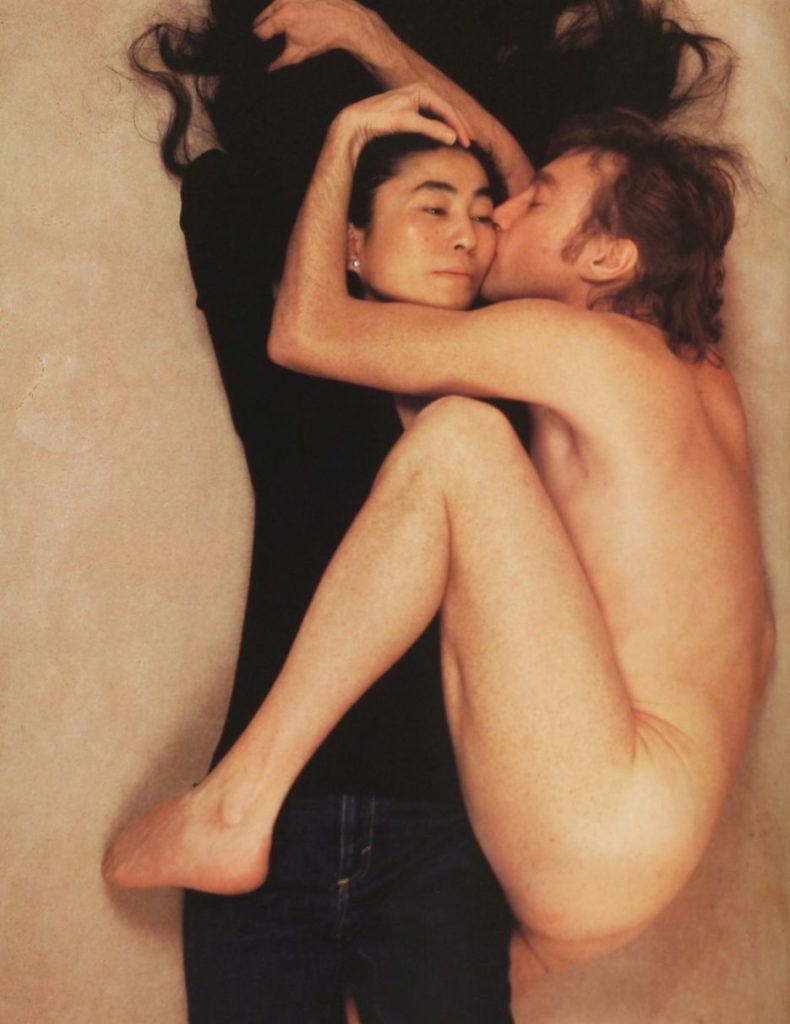ORGANISER International Centre of Photography, New York, and Smithsonian National Portrait Gallery, Washington DC OTHER VENUES Smithsonian National Portrait Gallery, 19 April–11 August 1991; International Center of Photography, 13 September–1 December 1991; Phoenix Art Museum, 1992; Münchner Stadtmuseum, Munich, 31 January–22 March 1992; Museum of Art, Fort Lauderdale, 9 April 1992–; Centre National de la Photographie, Paris, 1992; Institute of Contemporary Art, Boston, 1992; Deichtorhallen, Hamburg, 1992; Southeastern Center for Contemporary Art, Winston-Salem, 21 August–1 October 1992; Casa de Vacas, Madrid, 1992; Joslyn Art Museum, Omaha, 1992; Art Gallery of Bosnia and Herzegovina, Sarajevo, Bosnia, October 1993; Stedelijk Museum, Amsterdam, 1993; Friends of Photography, San Francisco, 1993; Jacksonville Museum of Art, 1993; 10 Corso Como, Milan, 1993; Utah Museum of Fine Arts, Salt Lake City, 20 June–22 August 1993; Kunst Haus Wien, Vienna, 5 August–10 October 1993; High Museum of Art, Atlanta, 1993; Museum of Fine Arts, Houston, 19 December 1993– 30 January 1994; Montreal Museum of Fine Arts, Montreal, 3 March–May 1994; National Portrait Gallery, London, 4 March–30 May 1994; Scottish National Portrait Gallery, Edinburgh, 17 June–31 July 1994; National Museum of Wales, Cardiff, 26 August–13 November 1994; Chicago Cultural Center, Chicago, 1994; Los Angeles County Museum of Art, Los Angeles, November 1994–26 February 1995; Mitsukoshi Museum, Shinjuku, 1995; Daimaru Umeda Museum, Osaka, 1995; Mitsukoshi, Niigata, Japan, 1995; Fujisaki, Sendai, Japan, 1995; Takashimaya, Yokohama, 1995; Art Gallery of Western Australia, Perth, 12 July–15 September 1996; National Gallery of Victoria, Melbourne, 1 October–11 November 1996; Newcastle Region Art Gallery, 2 January–12 March 1997; Slovak National Gallery, Bratislava, 8 November 1997–5 January 1998; Center for Contemporary Art, Ujazdowski Castle, Warsaw, 17 January–15 March 1998; Ludwig Museum of Contemporary Art, Budapest, 14 June–23 August 1998; Modern Gallery, Ljubljana, 12 September–11 October 1998; Center for Modern and Contemporary Art, National Gallery of Prague, 1998; Helsinki City Art Museum, 28 March–18 July 1999; Bolshoy Manezh, Moscow, 2000; Louisiana Museum of Modern Art, Humlebaek, 27 July–26 November 2000; Galerie Kamel Mennour, Paris, 20 December 2001–30 January 2002 PUBLICATION publisher Harper Collins; essay Ingrid Sischy
Annie Leibovitz is one of the world’s most famous photographers. Her portraits of the notable and notorious are been published in magazines around the world, giving her a celebrity status rivalling her subjects’. Annie Leibovitz Photographs 1970–1990 is a comprehensive retrospective of around 170 photographs, with City Gallery just one stop on an epic world tour.
Leibovitz studies painting in San Francisco, but is attracted to photography for its immediacy. When she starts taking photos in the late 1960s, her subjects are her family and her immediate environment. She joins the staff of Rolling Stone in 1970, becoming their Chief Photographer in 1973. She says, ‘I believed I was supposed to catch life going by me—that I wasn’t supposed to alter or tamper with it.’ However, on her first Rolling Stone job, John Lennon shows such eagerness to respond to her suggestions, she changes her approach—her portraits become collaborations. (Ten years later, another session with Lennon produces one of Leibovitz's most iconic photos, a poignant portrait of him naked embracing Yoko Ono, taken just hours before he is killed.)
For Rolling Stone, Leibovitz photographs musicians, artists, and writers; space launches and politics. In 1975, the Rolling Stones commission her to document their US concert tour. Her images become a record of American pop culture—and the visual signature of Rolling Stone magazine. However, in the 1980s, her gritty realism gives way to contrived, art-directed concept shoots of complicit celebrities for Vanity Fair: a naked, painted Keith Haring blending in with his art; Christo mummified like his; guitar hero Bruce Springstein posing before a giant US flag; Arnie on horseback smoking a cigar; Bette Midler in bed of roses; Lauren Hutton recumbent in mud; Michael Jackson lost in a hall of mirrors; various oiled Olympians; etcetera.
Director Paula Savage expects audiences will travel to Wellington to see the show. She says, ‘Leibovitz with its mix of celebrity portraits and photojournalism will be the event of 1997.’ The Saatchi and Saatchi promo campaign uses the John Lennon and Yoko Ono portrait with the tagline, 'Every picture’s worth a thousand words'.
In a Listener preview interview, Savage is asked, ‘Isn’t it just an excuse to gawp at the rich and famous?’ She replies, ‘She’s been influential on American popular culture for more than two decades. It may be the rich and famous, but she’s photographed actors, politicians, artists, musicians and dancers—and these people are icons.’
After 3,000 visit the show on the opening weekend, the Gallery extends its weekend and holiday hours. Visitation exceeds expectations: 25,000 are anticipated, but more than 40,000 come. ‘Delighted with the response’, Savage says the gallery will be able to offer free admission for the remaining season of Dick Frizzell and John Nixon shows. The show makes over $100,000, which Savage says will be used ‘to fund more exciting, cutting-edge local and international shows the City Gallery’.
In his Listener review, Gordon Campbell complains: ‘the portraits offer no genuine insights, but collude in reinforcing the stars’ brand’. Adding, ‘no one (quite) pops their head up out of a flower pot, but, after seeing Whoopi Goldberg in her milk bath, Roseanne and Tom Arnold mud wrestling, David Byrne in a funny suit, Daniel Day-Lewis as a Renaissance prince, Clint Eastwood hogtied to a post, etc., etc., the spirit starts to flag. Oy, too much cuteness. All cake, no fibre.' In Sunday Star Times, Mark Amery agrees: ‘As an exhibition selection these celebrity shots soon become tiring and predictable in their staginess.’ But he adds: ‘They’d be clichés if it weren’t for the fact that with these images Leibovitz is inventing the cliché.’
A Yoko Ono film programme, organised by the American Federation of Arts, accompanies the show.



